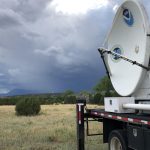
To find ways to better protect people from flash floods, researchers are spending this summer evaluating methods of observing rain and flash floods.

To find ways to better protect people from flash floods, researchers are spending this summer evaluating methods of observing rain and flash floods.

Kodi Nemunaitis-Monroe, NOAA Sea Grant Weather & Climate Extension Specialist (OU CIMMS)

During the week of July 20-24, six forecasters from NWS offices nationwide joined NSSL and CIMMS researchers for the final week of the Hydrometeorological Testbed. This project was supported by JJ Gourley, Steve Martinaitis, Race…

The 2015 Multi-Radar / Multi-Sensor (MRMS) Hydro Experiment aimed to improve the accuracy, timing, and specificity of flash flood watches and warnings.
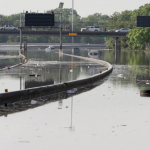
Recent flooding in Texas and Oklahoma tested NSSL’s experimental Multiple Radar Multiple Sensor (MRMS) Flooded Locations and Simulated Hydrograph (MRMS-FLASH) system.
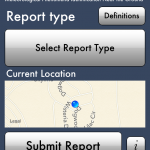
NSSL, CIMMS and University of Oklahoma researchers have launched a new project to collect public observations of flooding that will help improve flash-flood prediction and warning tools in the US.
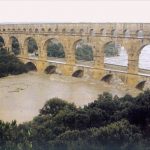
A catastrophic flood event threatened the ancient Roman aqueduct bridge Pont du Gard in southern France in September 2002. The HyMex Experiment could help local officials in the Mediterranean region improve forecasts and warnings of flash floods. (Credit: Cévennes Vivarais Mediterranean Hydro-meteorological Observatory)
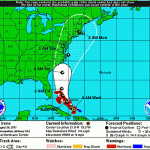
Researchers with the Coastal and Inland Flooding Observation and Warning (CI-FLOW) project are preparing for Hurricane Irene to test their total water level prediction system in North Carolina later this week.

The collaborative Coastal and Inland-Flooding Observation and Warning Project (CI-FLOW) released a new video demonstrating how their prototype total water level simulation system can help improve NWS flood forecasting and save lives of people residing and working in coastal watersheds.